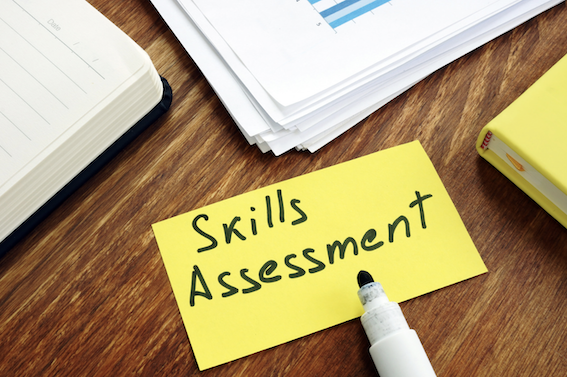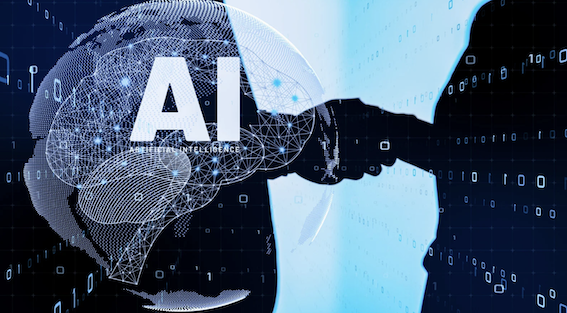Earlier this year, we announced AI-powered coaching to support Mindbeat’s global network. Here’s what we’ve learned so far from our trials.
Recent studies on the application of Artificial Intelligence in psychology found that young adult cancer patients had reduced anxiety after using a positive CBT-based AI coach for four weeks, while college students could reduce their self-identified symptoms of depression.
These findings suggest that although AI lacks true human empathy, positive outcomes are possible even in practices that have long relied on human intelligence and a strong human connection.
We believe that this is also the case for leadership and professional development coaching, so Mindbeat has been conducting 12-week trials with our newly developed AI coaching tool.
In theory, with clearly defined goals and explicit measures of success, an AI-powered coach can support human-to-human coaching by providing ‘always-on’ guidance and helping users to reflect and experiment with development pathways and learnings.
To discover how it works in practice, one of our trials partnered with Operations & Supply in VELUX – the Danish specialist in roof windows and skylights.
VELUX had a specific goal-orientated challenge – how to empower its leaders to test and analyse what they learn via the organisation’s development framework across daily scenarios without fear of judgment.
This is an ideal use case for an AI-powered coach. Each individual will have had a personalised strategy from a human coach, and they can use the AI to reaffirm pathways, prepare for everyday situations in which they can test the strategy, and reflect on results ‘in the moment’.
Jon Holst-Christensen, VELUX’s Senior Director of HR Partnering Operations & Supply, took part in the trial. One of his tailored professional development goals, defined by the framework, was to develop his communication techniques in meetings for more effective results.
“I was surprised by how much help the AI could offer,” he says. “I asked it for techniques I could use before a meeting, experimented with those techniques during the meeting, and was then pushed to reflect on my success directly afterwards. Real-time experimentation and reflection is a powerful development tool.
“The AI bridges the gap between knowing and doing so that applied learning can form a much greater part of the human-to-human coaching experience. The AI provides a safe space within which to test and analyse.”
As part of the VELUX trial, Mindbeat provided weekly learning nudges to guide users on how to write more effective prompts and get the most out of their ‘always on’ digital coach.
“Experimenting with prompts is key to getting the most out of an AI coach,” Holst-Christensen continues. “For example, if you just ask it to ask you questions, you get inundated before it moves swiftly onto solutions. However, if you prompt it to ask singular questions, it goes deeper and takes its time to get to the solution path, which is more beneficial.”
One improvement that Holst-Christensen would like to see in future iterations of Mindbeat’s AI coach is for it to ask the user about the coaching process itself. For example, it could ask: ‘Is there anything you’d like done differently?’ or ‘Are we progressing in the right way?’. Responses could then teach the AI to adapt and evolve its coaching style.
“I’d also love to be able to talk to it rather than provide written prompts. It would remove even more barriers to self-expression and make it feel more immediate, more human-to-human,” he says. “Its ability to summarise and recall your sessions was impressive, though. Human coaches may forget certain aspects, but the AI can quickly recap the most complex conversations over multiple sessions. In conjunction with human coaching, an AI-powered coach is a major added benefit, and I can’t wait to see how it develops.”
For more on the benefits of AI coaching, read our ‘Seven benefits of AI Coaching in achieving professional growth’ article, or to discuss participating in one of Mindbeat’s future AI coaching trials, drop us a line at [email protected]




